The Top 7 Benefits of Implementing a Loyalty Program Today
In today's competitive business world, customer loyalty programs have become a strategic marketing tool to encourage repeat business and strengthen relationships between consumers and brands. These programs offer perks and incentives such as discounts, exclusive deals, early access to sales, and redeemable points, which motivate customers to return regularly.
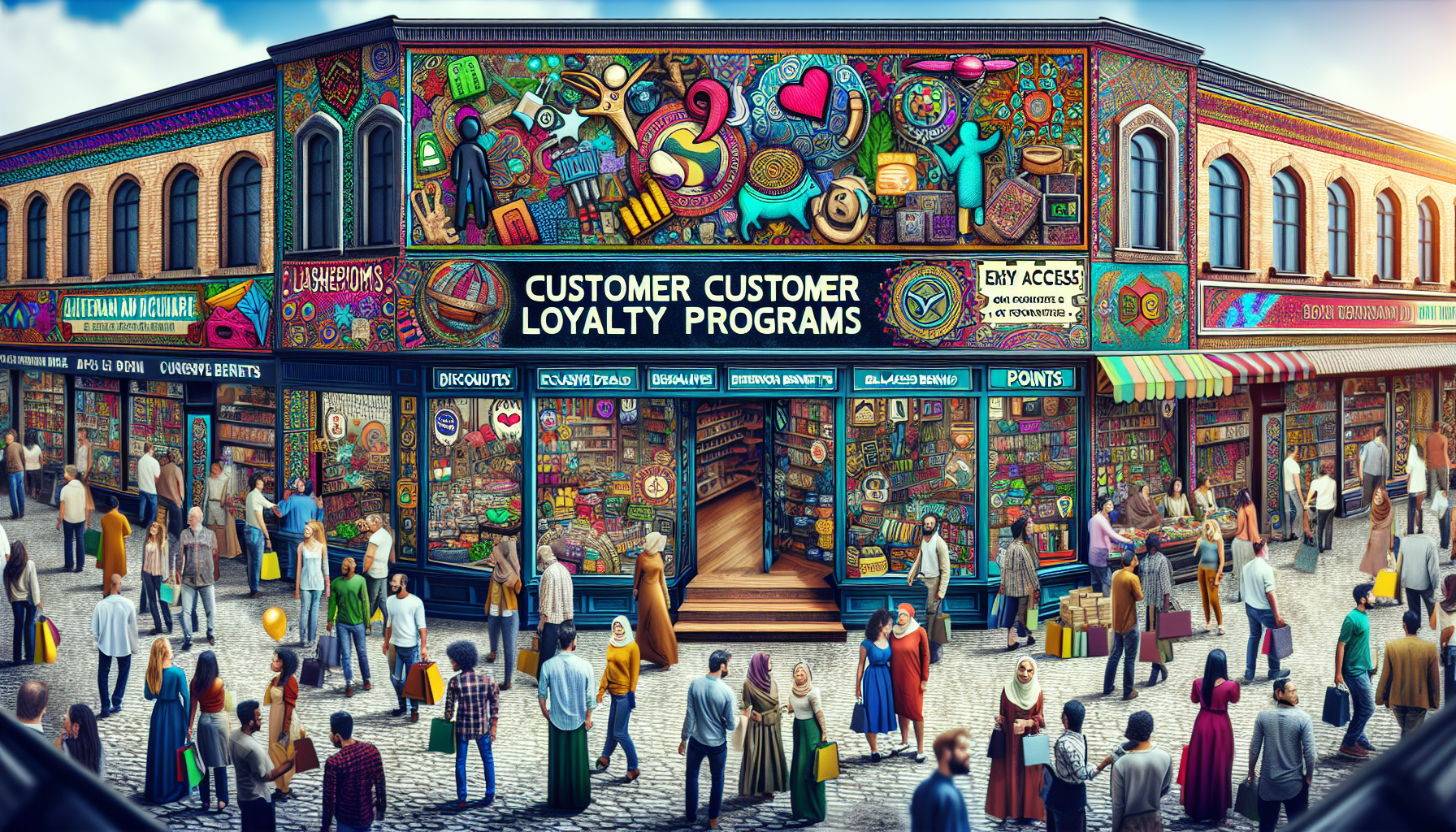
Key takeaway: Loyalty programs provide numerous benefits that can significantly impact a company's success. By enhancing customer retention and driving revenue growth, businesses can create a more loyal customer base and improve their bottom line.
Here are the top 7 benefits of implementing a loyalty program:
- Enhanced Customer Retention
- Increased Customer Lifetime Value (CLV)
- Improved Customer Engagement through Gamification
- Valuable Customer Insights and Data Collection Opportunities
- Differentiation from Competitors with Unique Rewards Strategies
- Increased Referral Opportunities through Advocate Activation
- Flexibility Across Various Industries with Tailored Program Types
Explore these benefits in detail to understand how a well-designed loyalty program can transform your business.
1. Enhanced Customer Retention
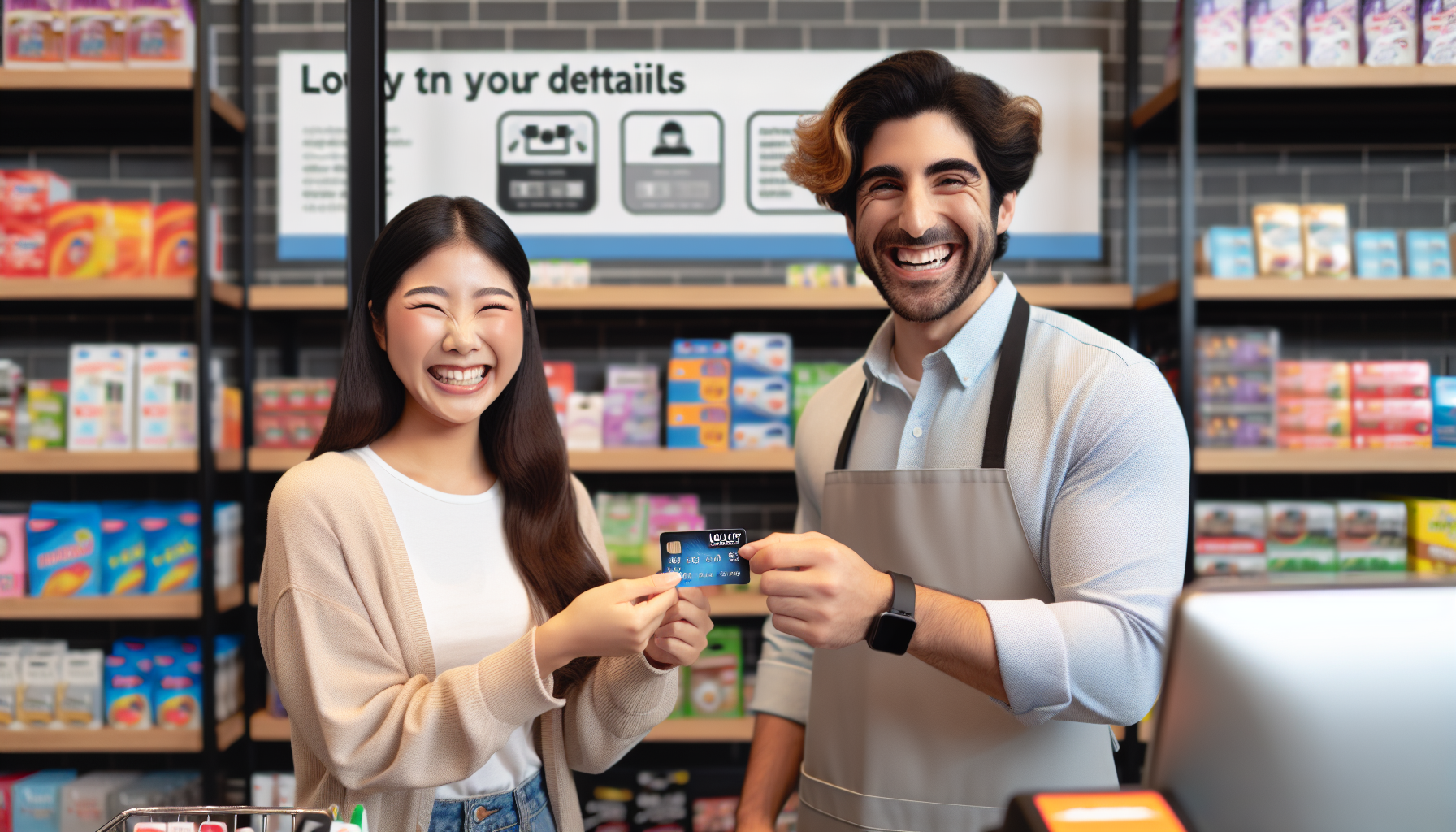
Loyalty programs serve as a powerful retention tool for businesses, significantly improving customer retention rates. By rewarding repeat purchases and consistent engagement, loyalty programs create a compelling reason for customers to stay loyal to the brand. This sense of appreciation can foster a strong emotional connection between the customer and the business.
The Cost-Effectiveness of Retaining Customers

It's widely understood that retaining existing customers is more cost-effective than acquiring new ones. Statistics show that it is five times cheaper to keep an existing customer than to attract a new one. This cost-efficiency stems from the reduced need for extensive marketing campaigns and sales strategies aimed at new customer acquisition.
A well-structured loyalty program can also help businesses combat high churn rates. Churn rate, or the percentage of customers who stop doing business with a company over a given period, is a critical metric for any business. High churn rates can be detrimental, leading to lost revenue and increased marketing costs to replace those lost customers.
Reducing Churn Rates with Loyalty Programs
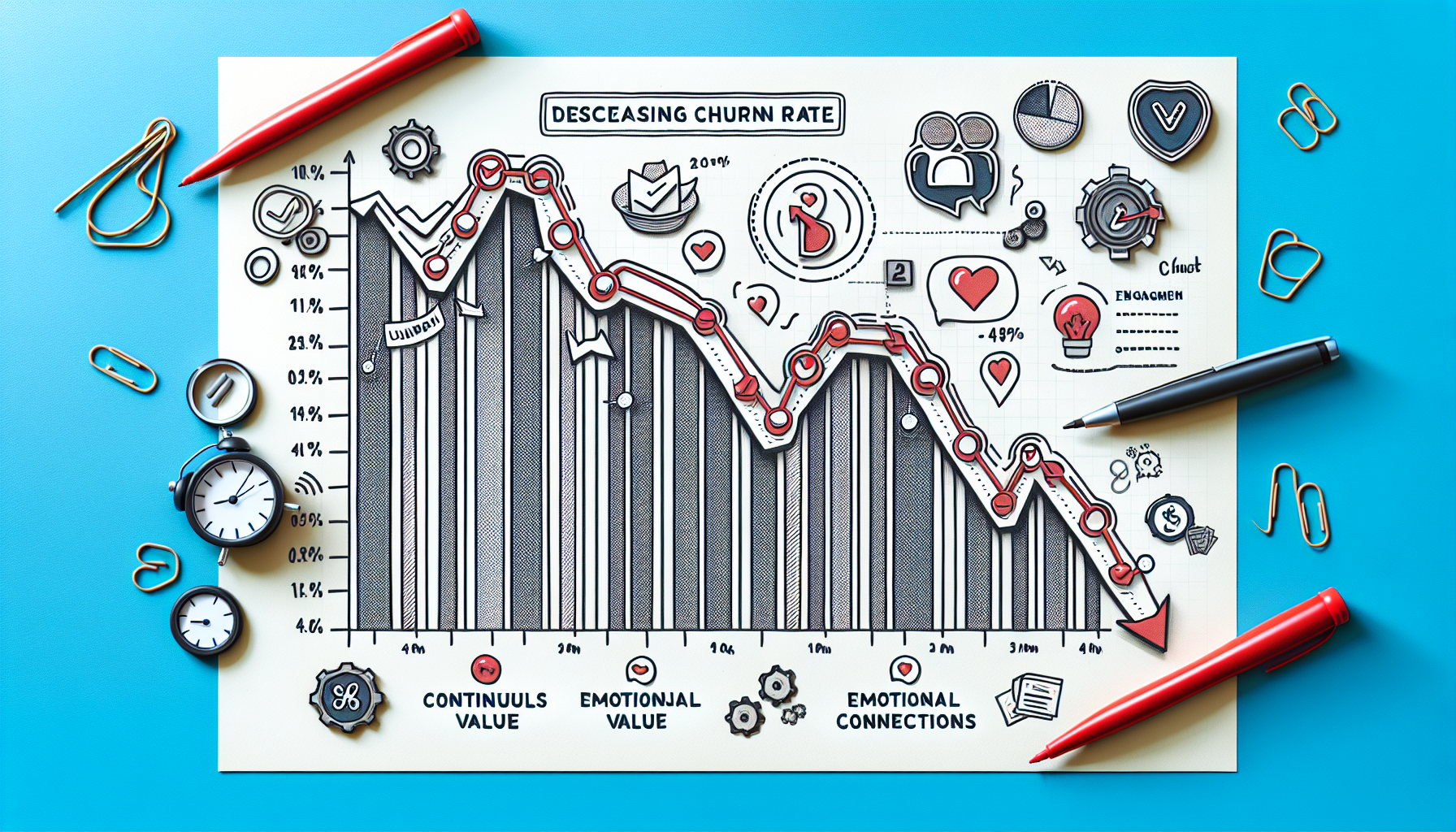
Loyalty programs can effectively reduce churn by:
- Providing Consistent Value: Regular rewards and exclusive offers give customers continuous reasons to return.
- Building Emotional Connections: Personalized rewards and recognition create a sense of belonging and appreciation.
- Encouraging Engagement: Gamification elements such as points systems, badges, and leaderboards make the shopping experience more interactive and enjoyable.
For instance, consider how Starbucks Rewards uses gamification to engage customers. Members earn stars for every purchase, which can be redeemed for free items. The program also includes tiered levels that offer increasingly valuable perks, motivating customers to maintain their loyalty.
In essence, loyalty programs not only encourage repeat purchases but also build a resilient customer base less likely to switch to competitors. This stability provides businesses with a reliable revenue stream, making loyalty programs an indispensable tool in today's competitive marketplace. Furthermore, these programs offer numerous other benefits such as enhanced brand awareness and increased average order value, making them even more valuable for businesses in the long run.
2. Increased Customer Lifetime Value (CLV)
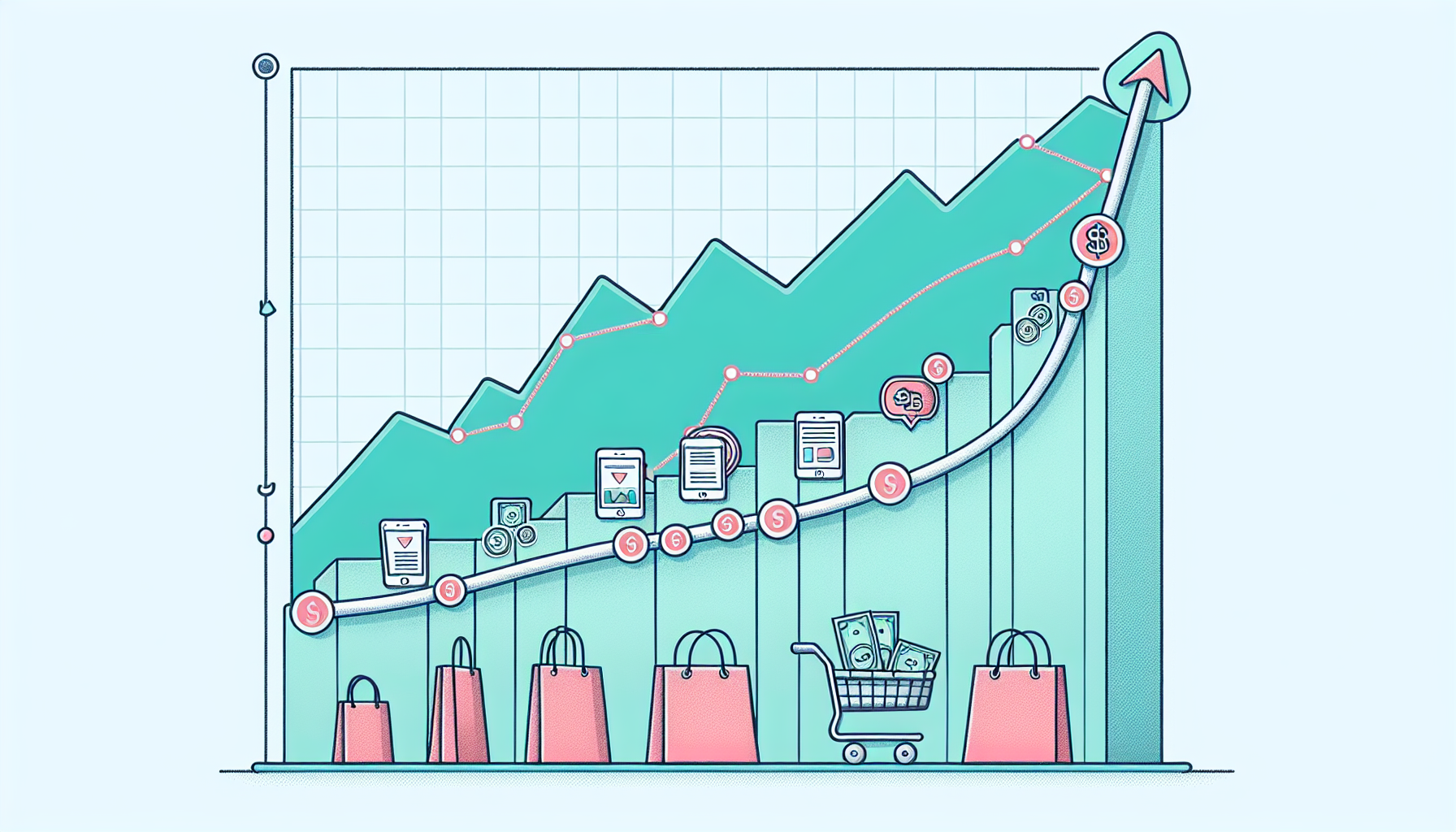
Customer Lifetime Value (CLV) represents the total revenue a business can expect from a single customer account throughout their relationship. This metric is crucial for measuring long-term profitability and helps businesses understand the value of retaining customers over time.
Loyalty programs significantly boost CLV by encouraging frequent purchases and increasing the average order value (AOV) among loyal customers:
- Boost Purchasing Frequency: Loyalty programs often include incentives such as points for every purchase or rewards for reaching certain spending thresholds. These incentives motivate customers to shop more frequently, driving higher purchasing frequency.
- Increase AOV: By offering exclusive deals, discounts, or additional perks for higher spending, loyalty programs encourage customers to add more items to their cart, thus increasing the AOV.
These examples illustrate how strategically designed loyalty programs can transform occasional buyers into regular patrons, substantially increasing Customer Lifetime Value:
- McDonald's McCafé Rewards: This program increased purchase frequency by offering free coffee after a set number of purchases, enticing customers to return regularly.
- Nordstrom's The Nordy Club: By rewarding total spend with exclusive experiences and early access to sales, Nordstrom successfully drove up both purchasing frequency and AOV among its loyal customer base.
- Sephora's Beauty Insider: Offering tiered membership levels with escalating benefits, Sephora incentivizes higher spending and repeat purchases, effectively enhancing CLV.
3. Improved Customer Engagement through Gamification

Customer engagement is a critical metric in today's competitive market. Loyalty programs can play a pivotal role in fostering deeper and more meaningful interactions between brands and their customers. By incorporating gamification in loyalty programs, businesses can transform routine transactions into engaging experiences that captivate customers and encourage them to return.
Gamification involves integrating game-like elements such as points, badges, leaderboards, and challenges into non-game contexts. This approach taps into the human desire for competition, achievement, and recognition, making interactions with the brand more enjoyable and memorable.
Benefits of Gamification in Loyalty Programs:
- Enhanced Engagement Levels: Gamified loyalty programs create interactive experiences that keep customers engaged longer.
- Increased Retention Rates: Customers who enjoy the gamified experience are more likely to stay loyal to the brand.
- Boosted Brand Affinity: Positive, fun experiences foster a stronger emotional connection with the brand.
Case Study: Starbucks Rewards
A prime example of successful gamification in loyalty programs is the Starbucks Rewards program. Starbucks has effectively utilized gamified elements to enhance customer engagement.
- Star Dashes: These are time-limited challenges where members can earn extra stars by completing specific activities like purchasing certain products within a set time frame.
- Bonus Stars: Customers receive bonus stars for meeting personalized goals tailored to their buying habits.
- Leaderboards and Badges: Achievements are visualized through digital badges and leaderboards, adding a competitive edge.
These features not only make the purchasing process more exciting but also provide continuous incentives for customers to engage with the brand regularly. The result is an increase in both purchase frequency and customer lifetime value (CLV).
Incorporating gamification into your loyalty program can transform mundane transactions into thrilling experiences, fostering deeper customer engagement and driving long-term loyalty.
4. Valuable Customer Insights and Data Collection Opportunities
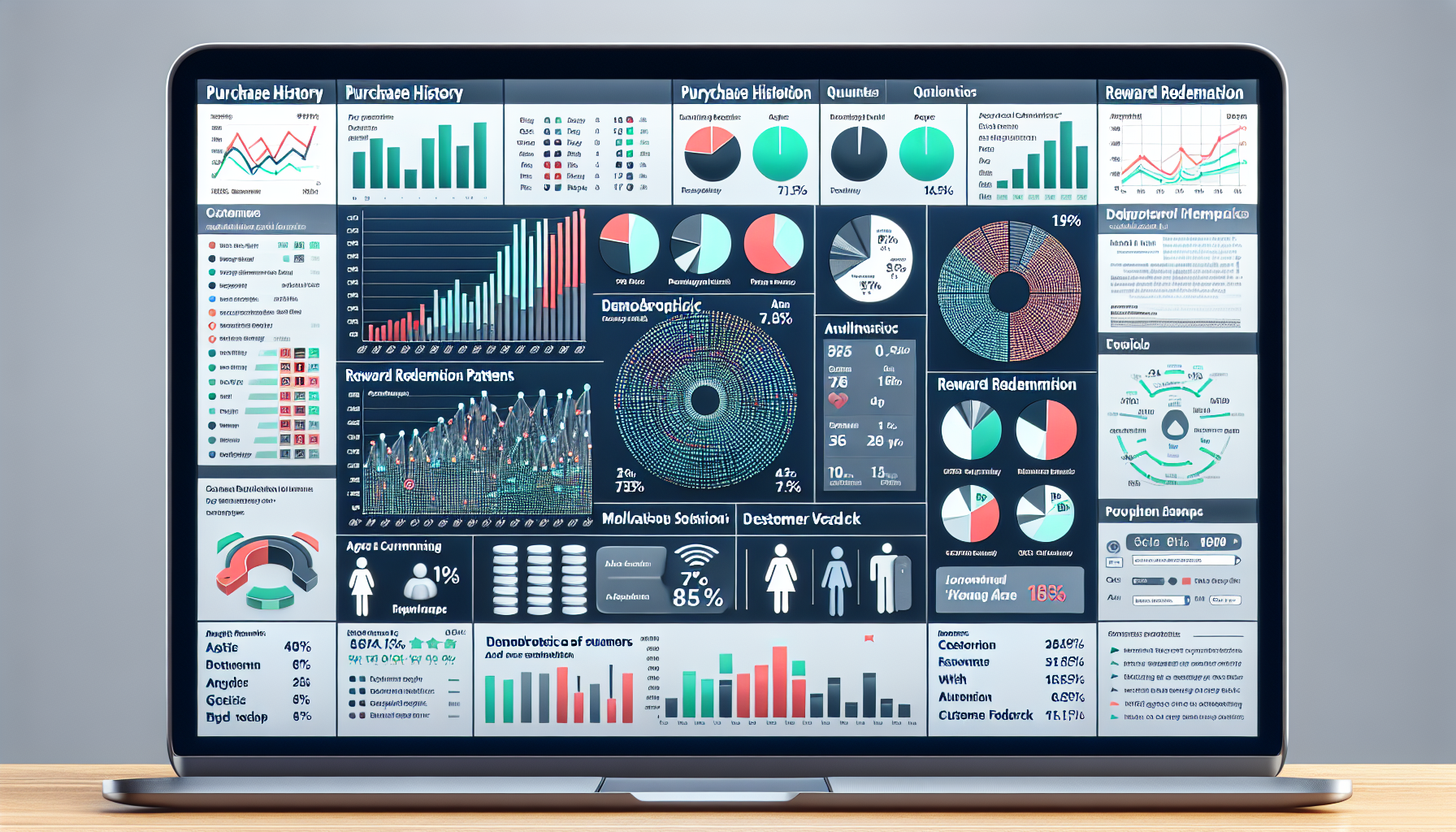
Implementing a loyalty program brings a significant advantage: the ability to gather customer data. This data collection serves as a cornerstone for businesses aiming to understand their customers better and make informed decisions.
Loyalty programs enable businesses to collect diverse types of valuable information:
- Purchase History Tracking: Monitoring what and when customers buy allows businesses to identify purchasing patterns and preferences. For instance, if a customer frequently purchases a specific product, personalized recommendations and targeted promotions can be crafted to enhance their shopping experience.
- Reward Redemption Patterns Analysis: By examining how customers redeem rewards, businesses gain insights into what incentives resonate most with their audience. This information is critical for tailoring future rewards to maximize engagement and satisfaction.
- Customer Demographics: Basic information such as age, gender, and location helps in segmenting the customer base for more effective marketing strategies.
- Feedback and Reviews: Engaging customers through surveys or feedback on the rewards program itself offers direct insights into areas that may need improvement.
Starbucks Rewards is an excellent example of leveraging purchase history tracking. By analyzing data from millions of transactions, Starbucks tailors its marketing efforts to individual preferences, offering personalized deals that drive repeat purchases.
Data gathered from loyalty programs also create opportunities for predictive analytics. Understanding trends over time helps in anticipating future behaviors, enabling proactive strategies rather than reactive ones. Businesses can forecast demand, plan inventory, and even develop new products based on these insights.
In essence, the data collected through loyalty programs not only enhances immediate customer engagement but also lays the foundation for long-term strategic planning. The ability to gather detailed customer data transforms how businesses operate, turning raw information into actionable insights that drive growth.
5. Differentiation from Competitors with Unique Rewards Strategies
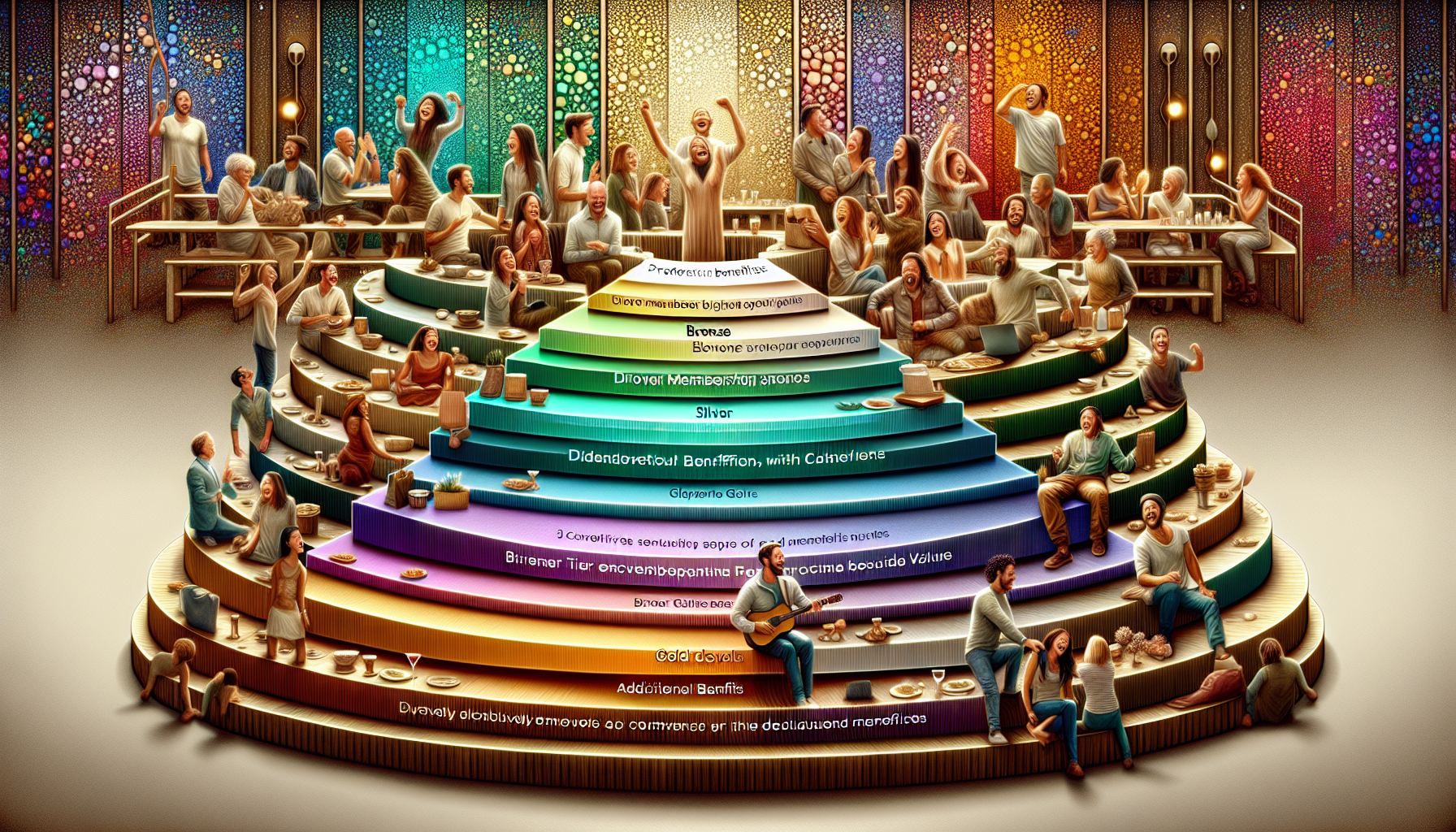
Creating an emotional connection with customers through rewards is a powerful way to stand out in a crowded market. Loyalty programs can help businesses establish this bond, fostering a sense of belonging and appreciation among their clientele. When customers feel valued, they are more likely to choose your brand over competitors.
Strategies to Differentiate with Unique Rewards
1. Tiered Membership Levels
Implementing a tiered loyalty program allows businesses to offer exclusive perks as customers move up the ranks. For instance:
- Bronze Tier: Basic rewards such as discounts or early access to sales.
- Silver Tier: Enhanced benefits like free shipping or birthday gifts.
- Gold Tier: Premium experiences such as VIP event invitations or personal shopping assistance.
2. Personalized Rewards
Tailoring rewards based on individual customer preferences and behaviors can create a more engaging experience. By analyzing purchase history and browsing patterns, businesses can offer personalized incentives that resonate with each customer.
3. Experiential Rewards
Offering experiences rather than just material rewards can forge deeper connections. Examples include:
- Exclusive workshops or classes related to your product (e.g., a skincare brand offering beauty tutorials).
- Invite-only events where customers can interact with brand ambassadors or influencers.
4. Socially Responsible Rewards
Aligning rewards with social causes can attract like-minded customers. For instance, allowing customers to donate their points to charity or supporting sustainable practices through reward choices.
These strategies not only differentiate your brand but also build long-lasting loyalty by making customers feel appreciated and emotionally connected to your business. By offering unique and memorable experiences, loyalty programs become not just a tool for retention but a vital element in your overall brand strategy.
6. Increased Referral Opportunities through Advocate Activation
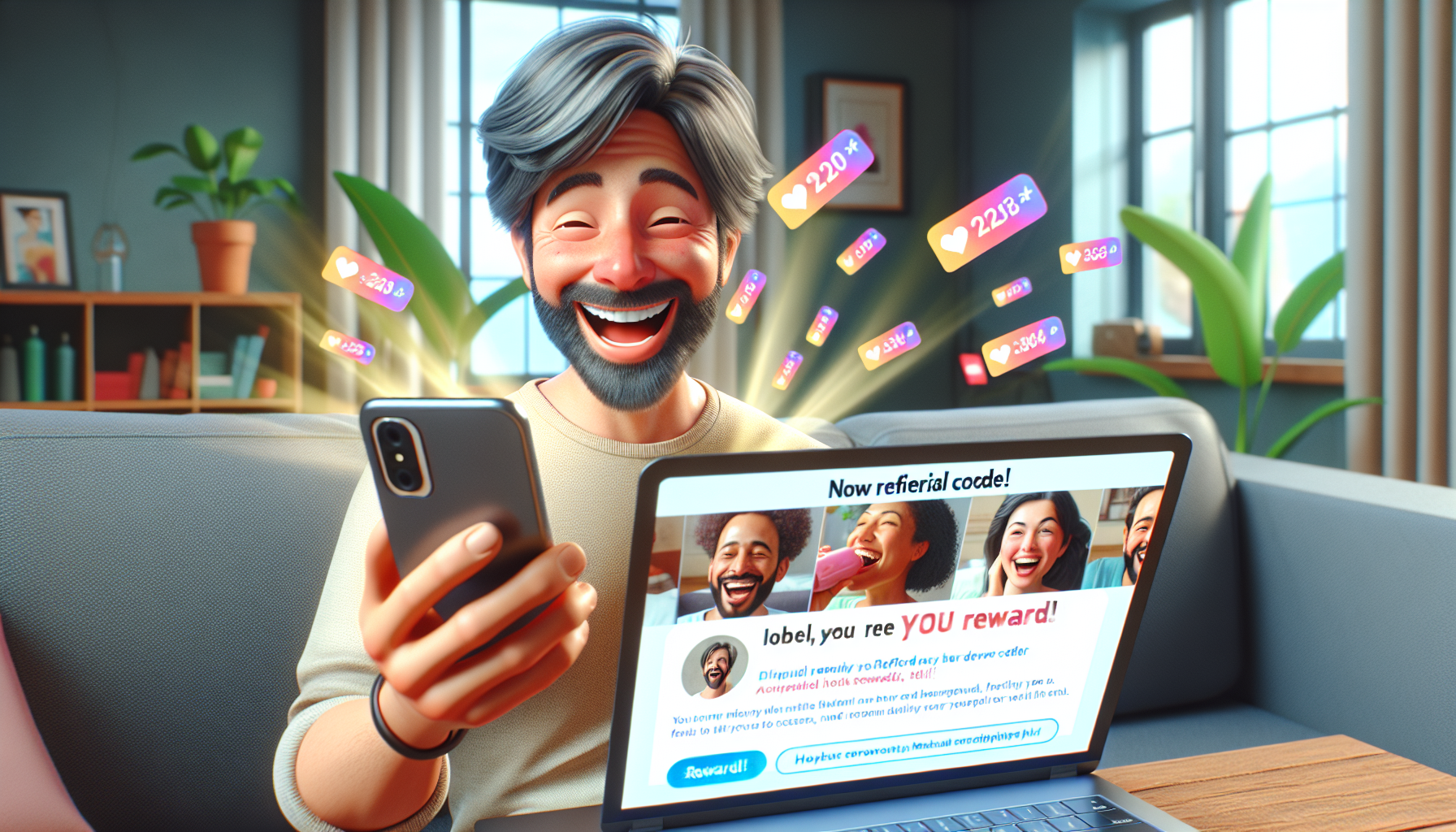
Turn customers into brand advocates by leveraging their satisfaction and loyalty. Satisfied loyal customers often become powerful advocates, naturally driving organic referrals and enhancing word-of-mouth marketing efforts. Advocacy from loyal customers is invaluable; it not only brings in new customers but also boosts brand credibility and trust.
Referral bonuses or incentives within loyalty programs can significantly amplify this advocacy behavior. By offering tangible rewards for successful referrals, businesses can motivate their most loyal customers to spread the word about their positive experiences. Effective referral incentives might include:
- Discounts on future purchases
- Exclusive access to new products or services
- Additional loyalty points
- Special recognition or status within the loyalty program
For instance, a coffee shop could offer a free drink for every three friends referred, while an online retailer might provide a discount voucher for each successful referral purchase.
Dropbox's referral program is a prime example of effective advocate activation. By offering additional storage space to both the referrer and the new user, Dropbox turned its satisfied users into enthusiastic advocates who contributed significantly to its rapid growth.
Creating these opportunities within loyalty programs not only attracts new customers but also strengthens the existing customer's connection with the brand. This dual benefit makes referral-based loyalty initiatives a strategic component in any comprehensive customer retention strategy. For more insights on how to effectively implement such strategies, this blog offers valuable resources and information.
7. Flexibility Across Various Industries with Tailored Program Types
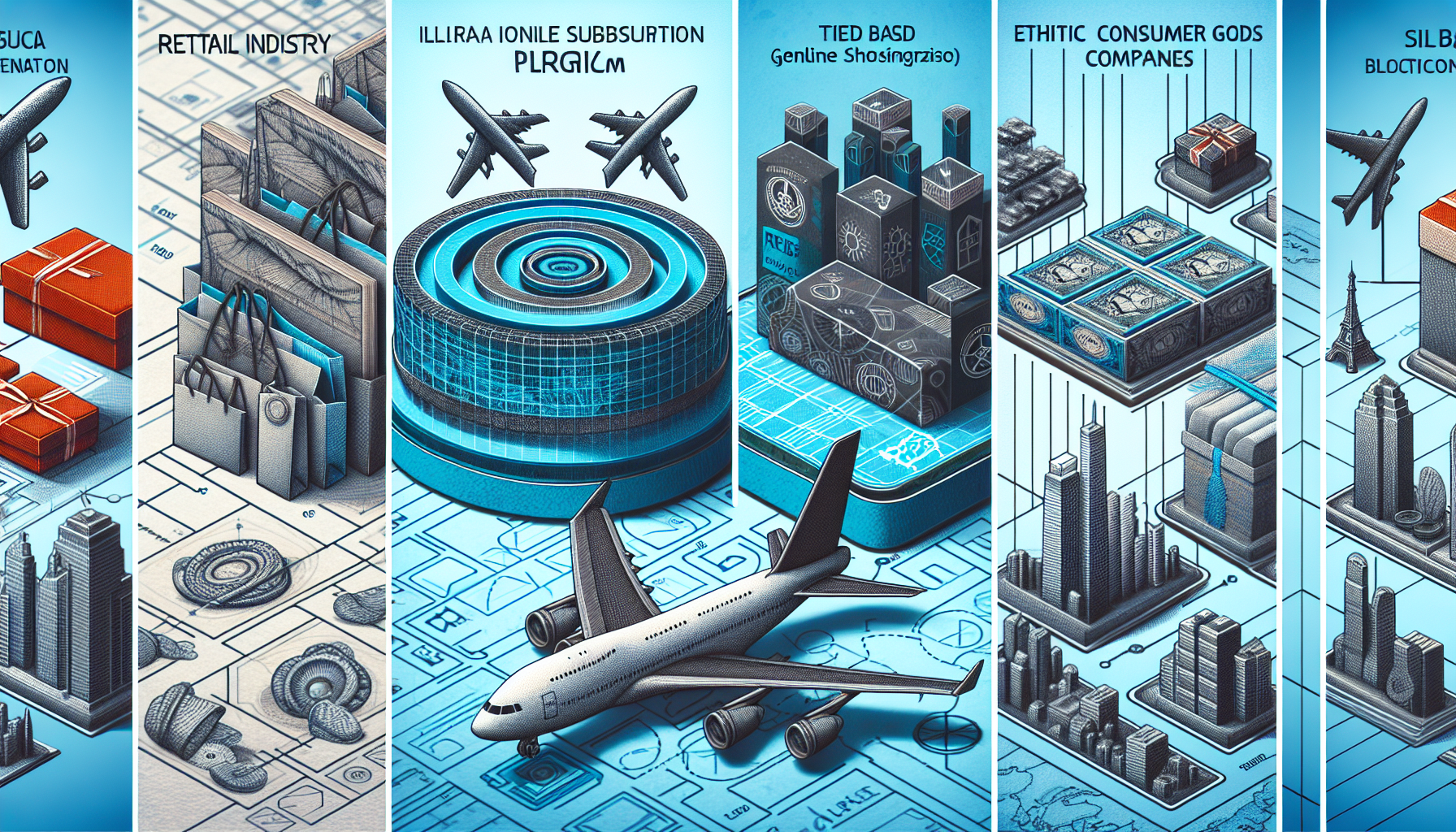
Loyalty programs are not a one-size-fits-all solution; they offer a broad spectrum of structures that can be tailored to meet the unique needs of various industries. The flexibility of these programs ensures that businesses, regardless of their sector, can find a loyalty approach that aligns with their goals and customer expectations.
Types of Loyalty Programs Available
1. Points-Based Systems: Customers earn points for purchases or specific actions which can later be redeemed for rewards. Popular in retail, hospitality, and food service sectors. Example: Sephora's Beauty Insider program where customers accumulate points to redeem exclusive beauty products.
2. Tiered Programs: Offers escalating levels of rewards based on the customer's spending or engagement level. Encourages increased spending to reach higher tiers with more attractive benefits. Example: Airlines' frequent flyer programs where travelers gain status levels such as Silver, Gold, or Platinum.
3. Subscription Models: Customers pay a recurring fee for access to premium benefits and exclusive services. Generates consistent revenue and fosters a sense of exclusivity. Example: Amazon Prime, offering members benefits like free shipping and streaming services.
4. Value-Based Programs: Rewards customers for aligning with the company’s values, promoting social responsibility or environmental sustainability. Engages customers who prioritize ethical consumption. Example: TOMS Shoes’ reward program which encourages social shares and community involvement.
Each industry can leverage different types of loyalty programs to solve specific business problems. Retailers might prefer points-based systems to boost repeat purchases, while travel businesses might opt for tiered models to enhance customer loyalty through elite status perks.
By selecting the right type of loyalty program structure, businesses can create customized experiences that resonate with their target audience, driving engagement and long-term loyalty.
How to Choose the Right Loyalty Program for Your Business?

Selecting the right program type based on business needs is crucial for success. To determine the best loyalty program for your specific industry or target audience, consider these key factors:
1. Industry Requirements
- Certain industries have preferences for specific types of loyalty programs. For example, retail businesses often benefit from points-based systems, while airlines and hospitality sectors may favor tiered programs.
- Analyze competitors in your field to understand what works best and identify any gaps you could fill.
2. Customer Preferences
- Conduct surveys or gather feedback to understand what rewards and incentives resonate most with your customers.
- Consider demographics, purchasing behavior, and customer expectations when designing your program.
3. Business Goals
- Define clear objectives such as increasing average order value (AOV), boosting purchase frequency, or enhancing customer retention.
- Align your loyalty program structure with these goals. For instance, a subscription-based model might suit businesses aiming for consistent revenue streams.
4. Budget Constraints
- Evaluate the initial setup costs and ongoing expenses associated with managing the loyalty program.
- Ensure that the benefits outweigh the costs to achieve a positive return on investment (ROI).
5. Scalability and Flexibility
- Choose a loyalty program that can grow with your business. As your customer base expands, you may need to introduce new reward tiers or personalized offers.
- Flexibility allows you to adapt to market changes and evolving customer needs.
6. Technology Integration
- Opt for a loyalty program platform that seamlessly integrates with your existing systems such as point-of-sale (POS), e-commerce platforms, or CRM software.
- Ensure ease of use for both staff and customers to maximize engagement.
By considering these factors, you can select a loyalty program that not only meets your business needs but also fosters strong relationships with your customers, driving sustainable growth.
Conclusion
Understanding the benefits of loyalty programs for businesses can significantly impact your growth strategy. By leveraging a well-executed digital loyalty program, companies can drive sustainable growth in today's competitive landscape. Implementing such programs allows for enhanced customer retention, increased customer lifetime value, and deeper engagement through gamification.
A strategic loyalty program also provides valuable customer insights and data collection opportunities, helping you refine your marketing efforts and product offerings. Unique rewards strategies differentiate your brand from competitors, while referral opportunities encourage organic word-of-mouth marketing.
Loyalty programs are adaptable across various industries, providing tailored solutions that meet specific business needs. Embracing these benefits ensures a loyal customer base ready to support your brand consistently.
Call to Action: Launch Your Own Custom-Branded Digital Loyalty Program Today!

Are you ready to elevate your business and boost customer satisfaction? Take the first step by visiting the Lealtad App website. Our platform offers an easy and budget-friendly solution for creating a digital customer loyalty rewards program tailored to your unique needs.
Why Choose Lealtad App?
- Ease of Use: Launch your custom-branded loyalty program in less than 10 minutes.
- Expert Guidance: Book a complimentary strategy demo session with one of our experts.
- Scalability: Perfect for businesses of all sizes, from local shops to large enterprises.
Don't wait! Start generating more customers and retaining them with a seamless and engaging loyalty program. Click here to learn more and get started with your risk-free trial today!
